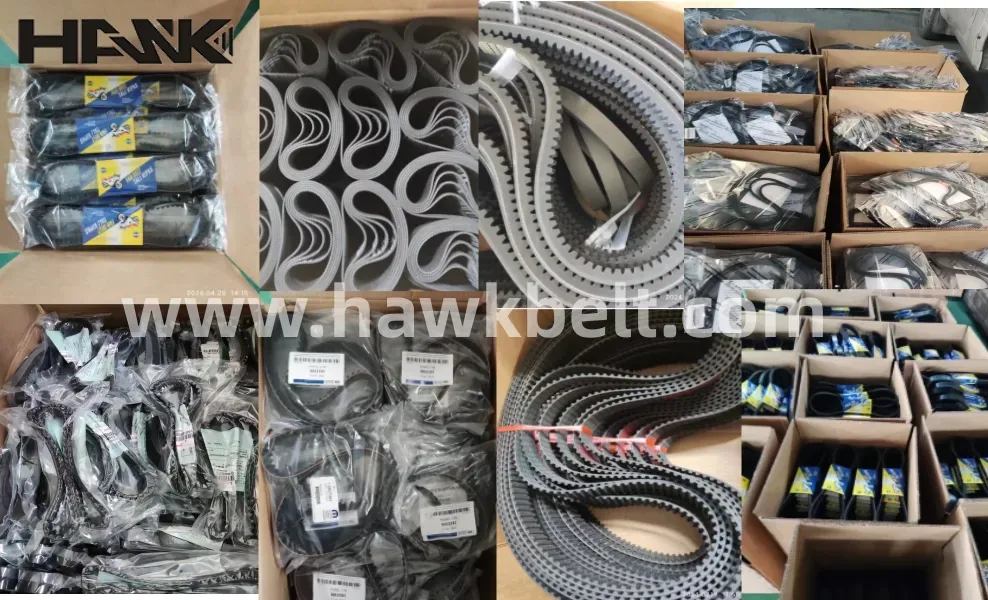- Arabic
- French
- Russian
- Spanish
- Portuguese
- Turkish
- Armenian
- English
- Albanian
- Amharic
- Azerbaijani
- Basque
- Belarusian
- Bengali
- Bosnian
- Bulgarian
- Catalan
- Cebuano
- Corsican
- Croatian
- Czech
- Danish
- Dutch
- Afrikaans
- Esperanto
- Estonian
- Finnish
- Frisian
- Galician
- Georgian
- German
- Greek
- Gujarati
- Haitian Creole
- hausa
- hawaiian
- Hebrew
- Hindi
- Miao
- Hungarian
- Icelandic
- igbo
- Indonesian
- irish
- Italian
- Japanese
- Javanese
- Kannada
- kazakh
- Khmer
- Rwandese
- Korean
- Kurdish
- Kyrgyz
- Lao
- Latin
- Latvian
- Lithuanian
- Luxembourgish
- Macedonian
- Malgashi
- Malay
- Malayalam
- Maltese
- Maori
- Marathi
- Mongolian
- Myanmar
- Nepali
- Norwegian
- Norwegian
- Occitan
- Pashto
- Persian
- Polish
- Punjabi
- Romanian
- Samoan
- Scottish Gaelic
- Serbian
- Sesotho
- Shona
- Sindhi
- Sinhala
- Slovak
- Slovenian
- Somali
- Sundanese
- Swahili
- Swedish
- Tagalog
- Tajik
- Tamil
- Tatar
- Telugu
- Thai
- Turkmen
- Ukrainian
- Urdu
- Uighur
- Uzbek
- Vietnamese
- Welsh
- Bantu
- Yiddish
- Yoruba
- Zulu
اگست . 28, 2024 18:17 Back to list
v ribbed belt
Understanding V Ribbed Belts An Essential Component for Mechanical Systems
V ribbed belts, also known as serpentine belts, are vital components in many mechanical systems, especially in automotive applications. These belts are designed with multiple grooves running along their length, which provides superior grip and flexibility compared to traditional flat belts. This unique design allows for effective power transmission between various engine components such as the alternator, power steering pump, water pump, and air conditioning compressor.
Design and Functionality
The ribbed design of V belts enables them to operate efficiently even in tight spaces. The ribs fit snugly into the pulleys, which prevents slippage, ensuring consistent performance under various loads. Made from durable materials like rubber composites, these belts are engineered to withstand heat, friction, and environmental factors, extending their service life significantly.
V ribbed belts operate on the principle of friction; as the engine components rotate, the belt moves in tandem due to the friction between the ribbed surface of the belt and the pulley. This mechanism allows for smooth operation and effective power transfer, critical for the performance of various systems in a vehicle. Additionally, the flexibility of the belt allows it to handle the changes in load and speed that occur during engine operation.
Advantages Over Traditional Belts
One of the primary advantages of V ribbed belts over traditional V-belts is their ability to power multiple components simultaneously. A single serpentine belt can replace several individual belts, simplifying the engine layout and reducing weight. This design not only saves space but also minimizes the likelihood of belt failure, as there are fewer components that can wear out over time.
v ribbed belt

Moreover, the improved grip and flexibility of V ribbed belts allow them to operate quietly and reduce vibrations, contributing to a smoother overall performance of the vehicle. This is particularly important in modern cars, where noise reduction and comfort are high priorities.
Maintenance and Replacement
Like all mechanical components, V ribbed belts require regular maintenance to ensure optimal performance. It is essential for vehicle owners to inspect their belts periodically for signs of wear such as cracking, fraying, or glazing. A worn belt can lead to reduced efficiency and even complete failure, potentially causing significant damage to the engine components it drives.
Most manufacturers recommend replacing the V ribbed belt every 60,000 to 100,000 miles, but this can vary depending on driving conditions and vehicle use. Regular maintenance checks can provide an opportunity to replace the belt before it fails, helping to avoid costly repairs down the line.
Conclusion
In summary, V ribbed belts are an indispensable part of modern mechanical systems, particularly in automotive applications. Their unique design, which combines multiple grooves for better grip and flexibility, enables them to efficiently transfer power among various engine components. By understanding the functionality and maintenance of these belts, vehicle owners can ensure the longevity and reliability of their engines, leading to a more efficient and smooth driving experience. Whether you are a car enthusiast or a casual driver, recognizing the importance of V ribbed belts is crucial for keeping your vehicle running at its best.
-
Korean Auto Parts Timing Belt 24312-37500 For Hyundai/Kia
NewsMar.07,2025
-
7PK2300 90916-T2024 RIBBED BELT POLY V BELT PK BELT
NewsMar.07,2025
-
Chinese Auto Belt Factory 310-2M-22 For BMW/Mercedes-Benz
NewsMar.07,2025
-
Chinese Auto Belt Factory 310-2M-22 For BMW/Mercedes-Benz
NewsMar.07,2025
-
90916-02660 PK Belt 6PK1680 For Toyota
NewsMar.07,2025
-
drive belt serpentine belt
NewsMar.07,2025

